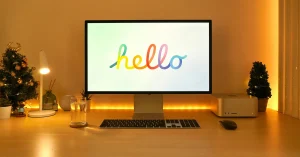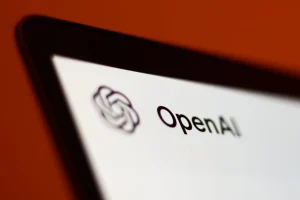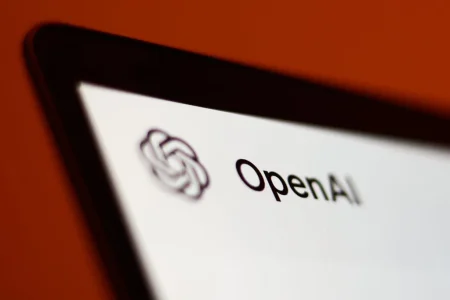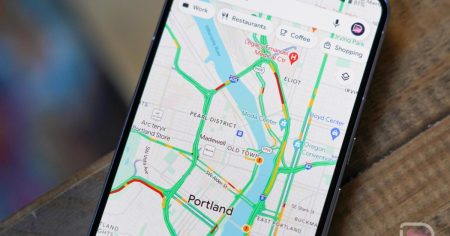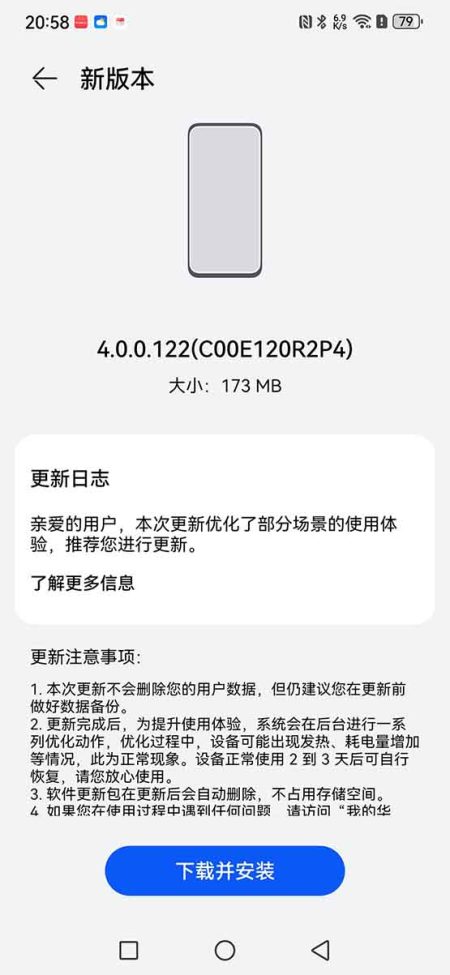Nothing started out as a hopeful consumer technology startup only half a decade ago, and now it’s a growing company valued at over a billion dollars. Nothing’s flagship lineup is the Nothing Phone 3 series, and it now includes four different models spanning all price points. The top-of-the-line Phone 3 retails for $799, while the cheapest Phone 3a Lite goes for roughly $329.
The Nothing Phone 3a Lite, Phone 3a, Phone 3a Pro, and Phone 3 all have a lot in common — especially among the three cheapest models. U.S. availability for the lineup is sparse. The Phone 3a Lite isn’t available in the region at all, while the Phone 3a and Phone 3a Pro are only available through a beta program with limited cellular carrier support. Only the flagship Nothing Phone 3 is built for true North American use.
Nothing Phone 3 series: At a glance
Category | Nothing Phone 3a Lite | Nothing Phone 3a | Nothing Phone 3a Pro | Nothing Phone 3 |
|---|---|---|---|---|
Display | 6.77-inch 120Hz OLED, 2392 x 1080, HDR, 1300 nits HBM, 3000 nits max | 6.77-inch 120Hz LTPO OLED, 2392 x 1080, HDR10, 1300 nits HBM, 3000 nits max | 6.77-inch 120Hz LTPO OLED, 2392 x 1080, HDR10, 1300 nits HBM, 3000 nits max | 6.67-inch 120Hz OLED, 2800 x 1260, Gorilla Glass 7i, 1,600 HBM, 4,500 nits max |
OS | Nothing OS 3.5 based on Android 15 | Nothing OS 3.1 based on Android 15 | Nothing OS 3.1 based on Android 15 | Nothing OS 3.5 based on Android 15 |
Chipset | Mediatek Dimensity 7300 Pro | Qualcomm Snapdragon 7s Gen 3 | Qualcomm Snapdragon 7s Gen 3 | Qualcomm Snapdragon 8s Gen 4 |
RAM | 8GB | 8GB/12GB | 8GB/12GB | 12GB/16GB |
Storage | 128GB/256GB | 128GB/256GB | 128GB/256GB | 256GB/512GB UFS 4.0 |
Rear camera 1 | 50MP f/1.88 Samsung, 1/1.57″ sensor, 4K30, OIS, PDAF | 50MP f/1.88 Samsung, 1/1.57″ sensor, 4K30, OIS, PDAF | 50MP f/1.88 Samsung, 1/1.56″ sensor, 4K30, OIS, dual-pixel PDAF | 50MP f/1.7 OmniVision OV50H, OIS |
Rear camera 2 | 8MP f/2.2 Sony, 120-degree FoV | 50MP f/2.0 Samsung, 1/2.74″ sensor, 2x optical zoom, EIS, Autofocus | 50MP f/2.55 Sony, 1/1.95″ sensor, 3x optical periscope zoom, OIS, Autofocus | 50MP f/2.7 ISOCELL JN5, 3x optical zoom, OIS |
Rear camera 3 | 2MP macro | 8MP f/2.2 Sony, 120-degree FoV | 8MP f/2.2 Sony, 120-degree FoV | 50MP f/2.2 ISOCELL JN1 wide-angle |
Front camera | 16MP f/2.5 wide | 32MP f/2.2 Samsung, 1/3.44″ sensor | 50MP f/2.2 Samsung, 1/2.76″ sensor | 50MP ISOCELL JN1, 4K60 video |
Ingress protection | IP54 | IP64 | IP64 | IP68 |
Connectivity | WI-Fi 6, Bluetooth 5.3, NFC, GPS, dual nano-SIM | Wi-Fi 6, Bluetooth 5.4, global 5G bands, NFC, GPS, dual nano-SIM | Wi-Fi 6, Bluetooth 5.4, global 5G bands, NFC, GPS, dual nano-SIM | Wi-Fi 7, Bluetooth 6.0, NFC, Dual-band GPS, AptX HD, dual nano-SIM |
Security | Optical in-display fingerprint sensor | Optical in-display fingerprint sensor | Optical in-display fingerprint sensor | Optical in-display fingerprint sensor |
Audio | Stereo speakers, 2 mics, USB-C | Stereo speakers, 2 mics, USB-C | Stereo speakers, 2 mics, USB-C | Stereo speakers, 2 mics, USB-C |
Battery | 5,000mAh, 33W wired charging | 5,000mAh, 50W wired charging | 5,000mAh, 50W wired charging | 5,150mAh silicon-carbon battery (5,500mAh in India), 65W USB PD charging, 15W wireless charging |
Weight | 199g | 201g | 211g | 218g |
Dimensions | 164 x 78 x 8.3mm | 163.52mm x 77.5mm x 8.35mm | 163.52mm x 77.5mm x 8.39mm | 160.6 x 75.6 x 9mm |
Colors | Black, White | Black, White, Blue | Grey, Black | White, Black |
Software updates | 3 OS (to Android 18), 6 years security updates | 3 OS (to Android 18), 6 years security updates | 3 OS (to Android 18), 6 years security updates | 5 OS (to Android 20), 7 years security updates |
Nothing Phone 3a Lite: A pass for most
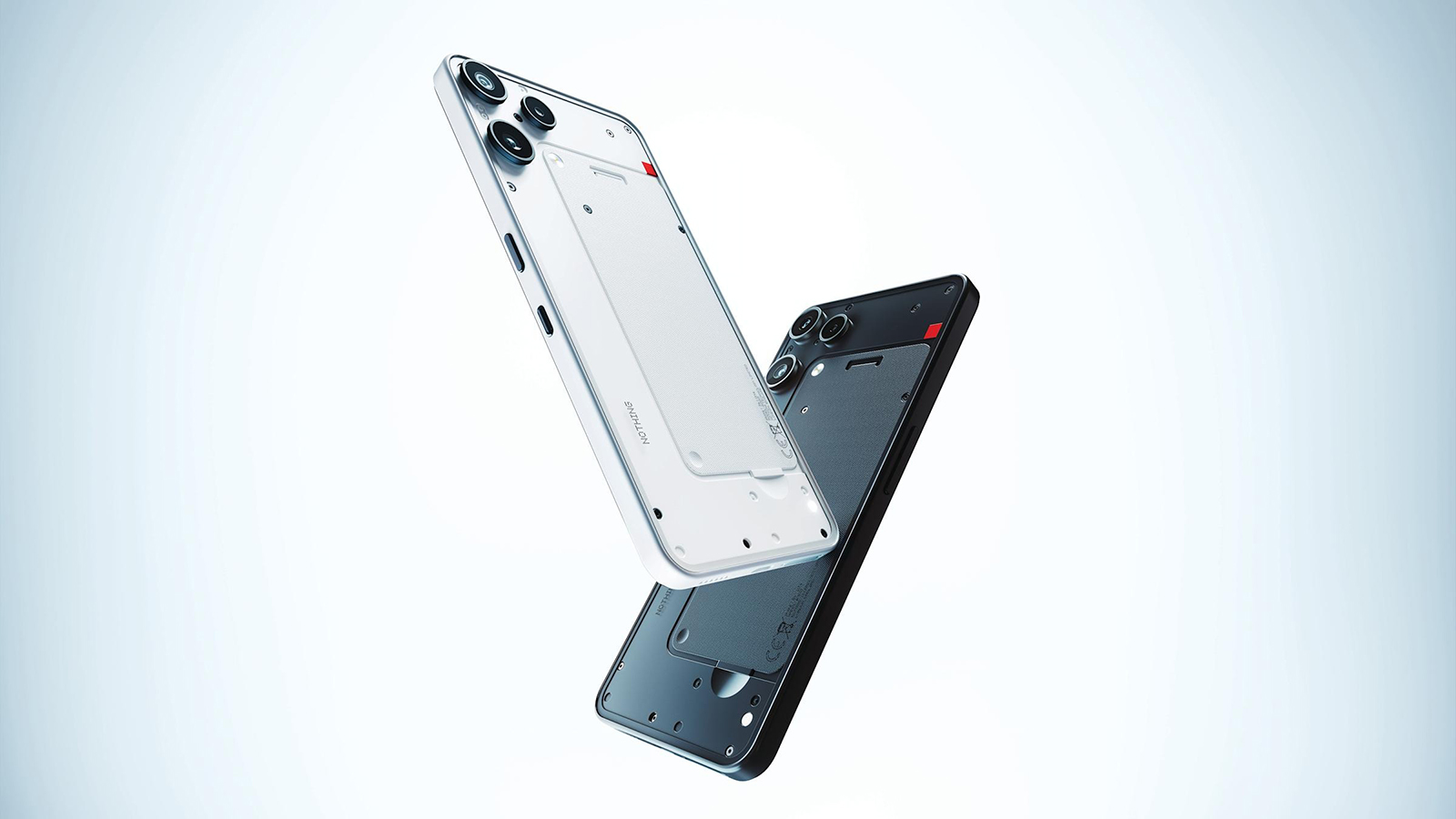
The Phone 3a Lite looks more like the flagship Phone 3 than either of the two mid-tier variants, which have a centrally-positioned camera bump. Meanwhile, the Phone 3a Lite’s three rear cameras are a bit scattered around the top-left corner, much like the Phone 3. The camera system is highlighted by a 50MP primary shooter, but the 8MP ultrawide and 2MP macro lenses aren’t much to speak of.
It has a solid 6.77-inch OLED screen supporting 120Hz refresh rates — the same panel you’ll find on the Phone 3a and Phone 3a Pro. With a 3,000-nit peak brightness rating, the Phone 3a Lite’s display will look better than you’d expect for the price.
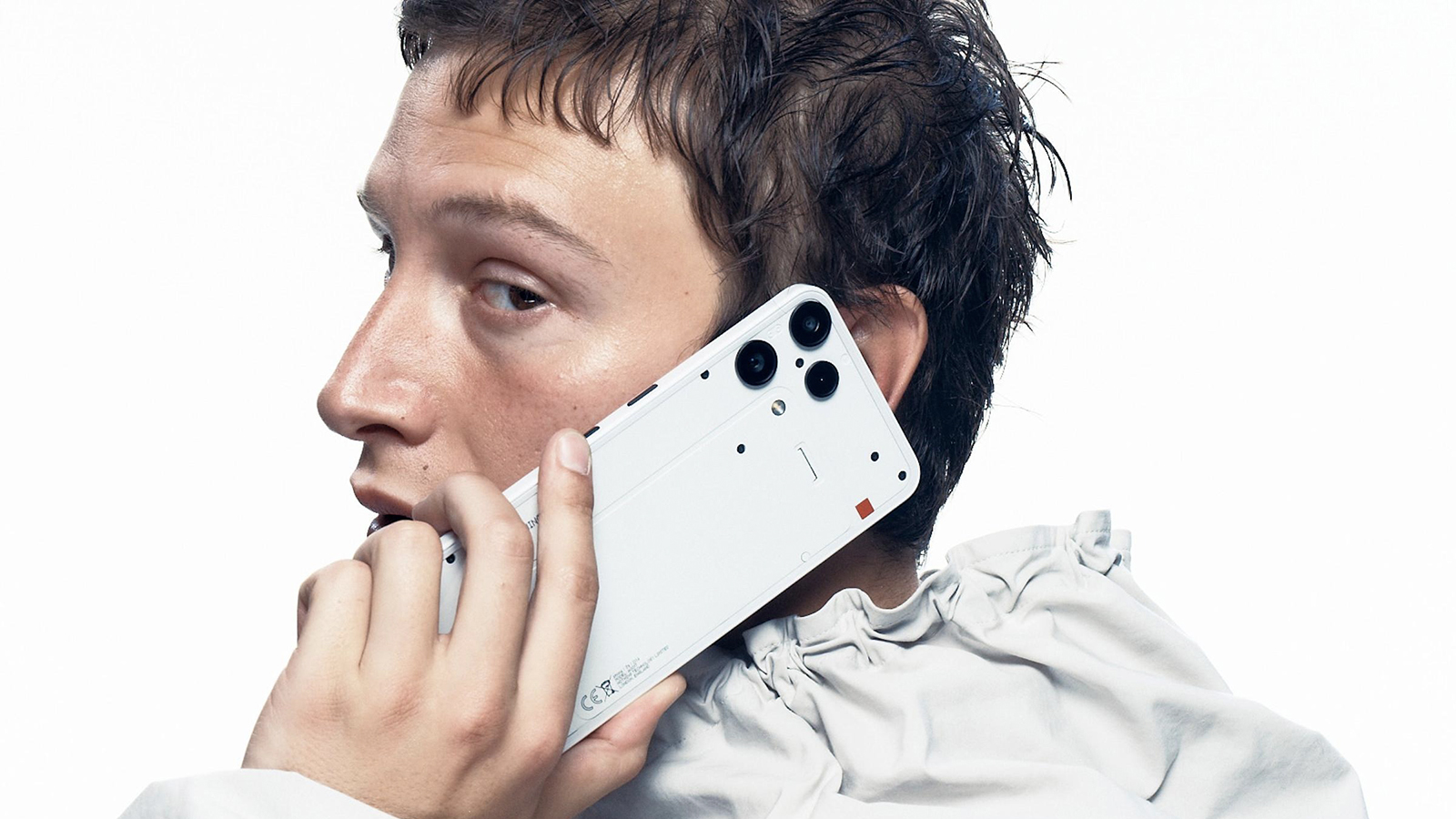
The catch is the Mediatek Dimensity 7300 Pro processor, which means the Phone 3a Lite simply won’t perform as well as the other Phone 3a models. It comes with Nothing OS 3.5 based on Android 15 out of the box, with three major Android OS upgrades to follow. A pretty large 5,000mAh battery rounds out the hardware experience.
If you’re interested in this phone, you should know that Nothing really put the “lite” in the Phone 3a Lite. There are a lot of cut corners here, and some features — like the 2MP macro lens — won’t lead to tangible benefits beyond the spec sheet. Unless you’re on a tight budget, it probably makes sense to look at the Phone 3a, Phone 3a Pro, and Phone 3.

The budget buy
If you’re in Europe and need a cheap Android phone with some flair, the Nothing Phone 3a Lite is a decent option.
Nothing Phone 3a: The budget option
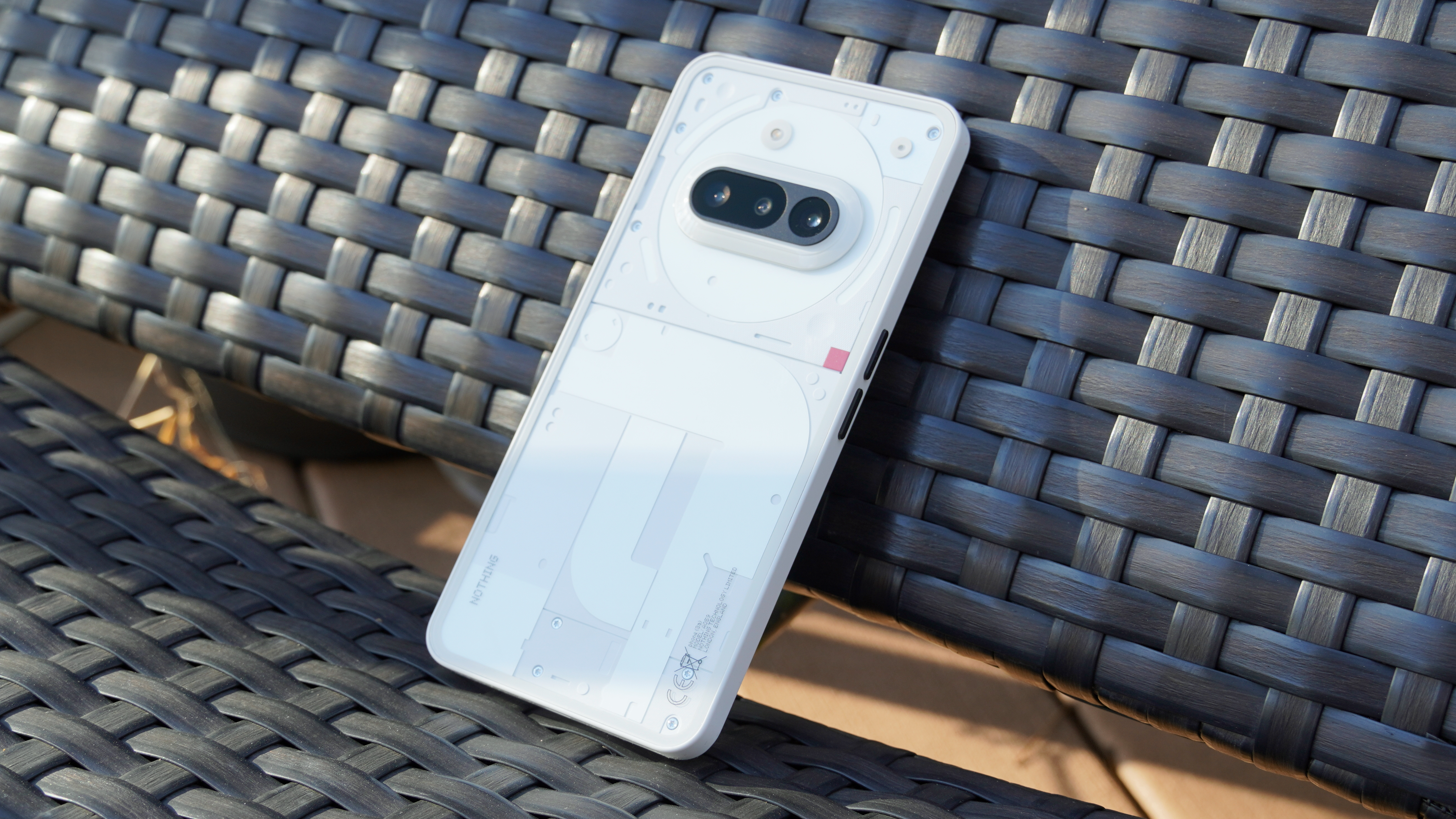
The Nothing Phone 3a is the first entry-level model most users should actually consider. It’s available for U.S. customers by way of the beta program, and there’s also a version available in India. The smartphone retails for $379 / £329 / €329 / ₹24,999, and comes in Black, White, or Blue (U.K./India exclusive) colorways.
Of the four Phone 3 devices, I find the Phone 3a’s design to be the most attractive. It features Nothing’s classic transparent design with an oval-shaped rear camera bump. There are multicolor accents throughout the chassis and Nothing’s iconic Glyph Interface. On the Phone 3a, it includes three individual LED strips that can be used to signal notifications, calls, timers, and more. The body has an IP64 certification for dust-resistance and light water-resistance.

The display is the same 6.77-inch panel you’ll find on the Phone 3a Lite and Phone 3a Pro. It’ll default to 1,300 nits in high brightness mode, with a 3,000-nit peak. The screen also supports 120Hz refresh rates and DC dimming above 50% brightness for eye-friendliness.
For power, there’s a Qualcomm Snapdragon 7s Gen 3 processor. The chip is paired with 8GB and 12GB of RAM to handle daily performance and light AI processing or gaming. Like the other midrange Nothing phones, the Phone 3a ships with the Android 15-based Nothing OS 3.1 out of the box, with three future Android OS upgrades guaranteed.
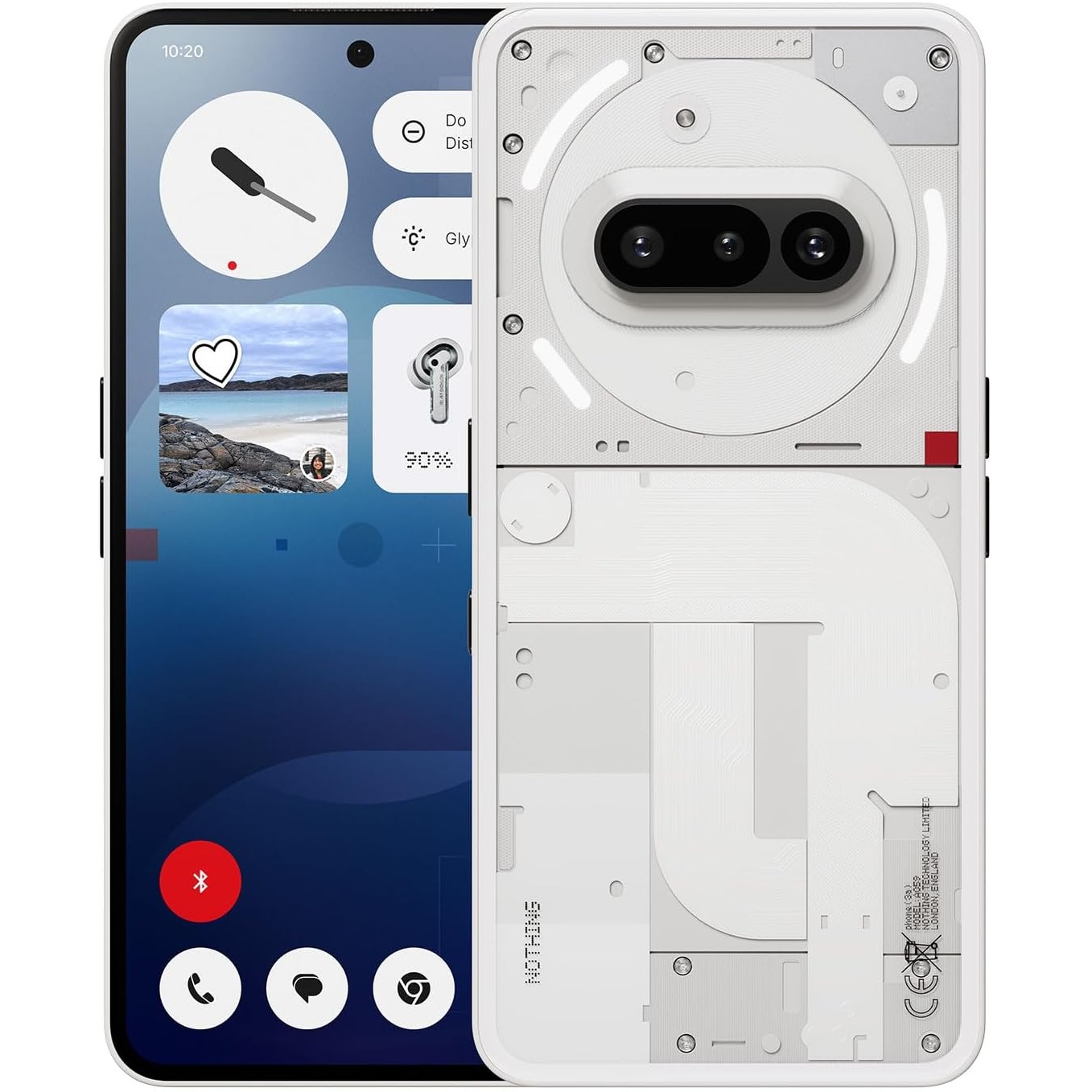
The starter Nothing phone
With an attractive design, triple-camera system, and an outstanding display for the price, the Nothing Phone 3a is a great place to get into the Nothing ecosystem.
Nothing Phone 3a Pro: The mid-tier buy
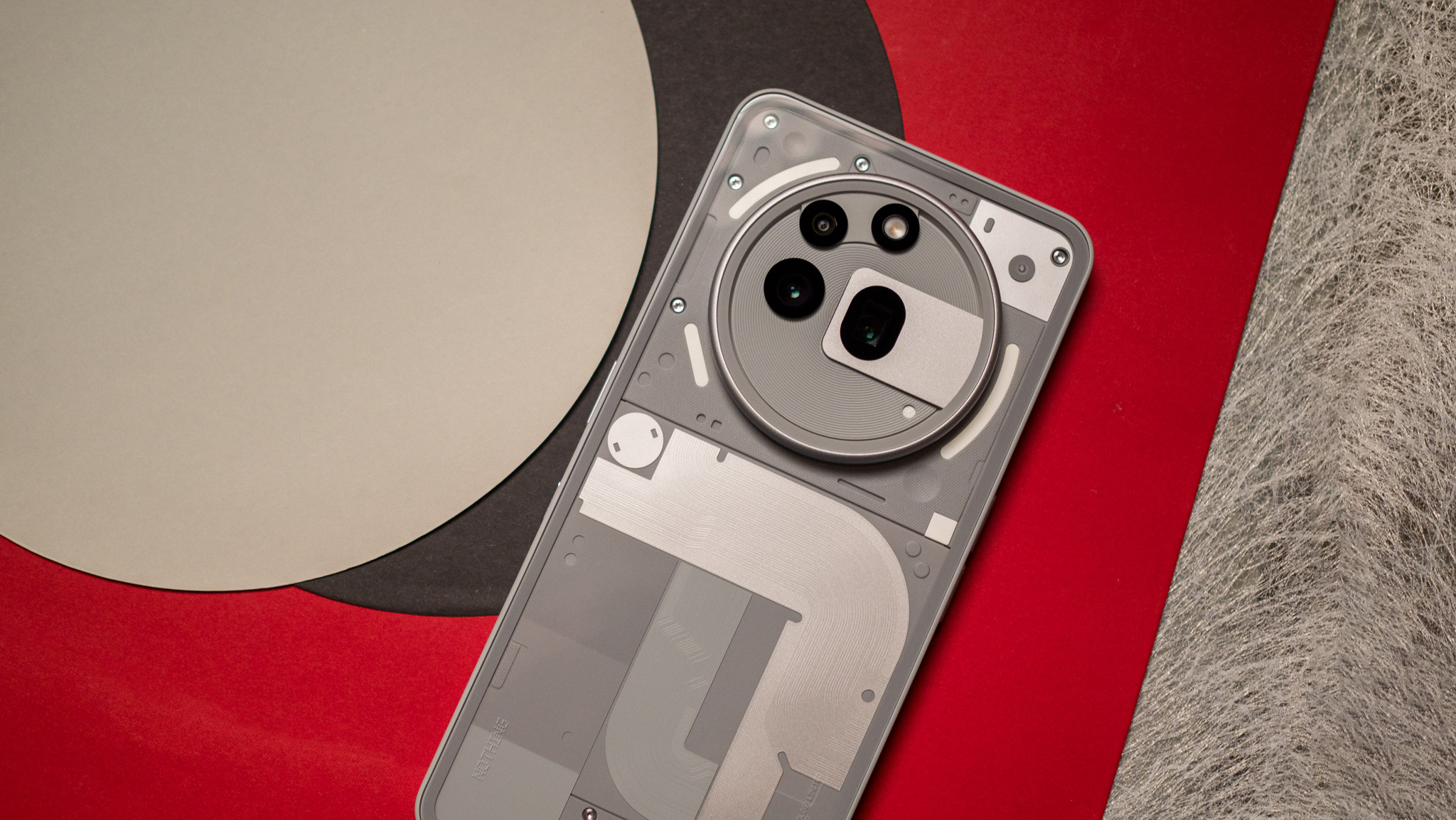
The Nothing Phone 3a Pro takes the baseline Phone 3a and adds a fresh design and better cameras. It’s available in Grey and Black, and the 256GB/12GB variant retails for £449 / $459 / €459 / ₹33,999.
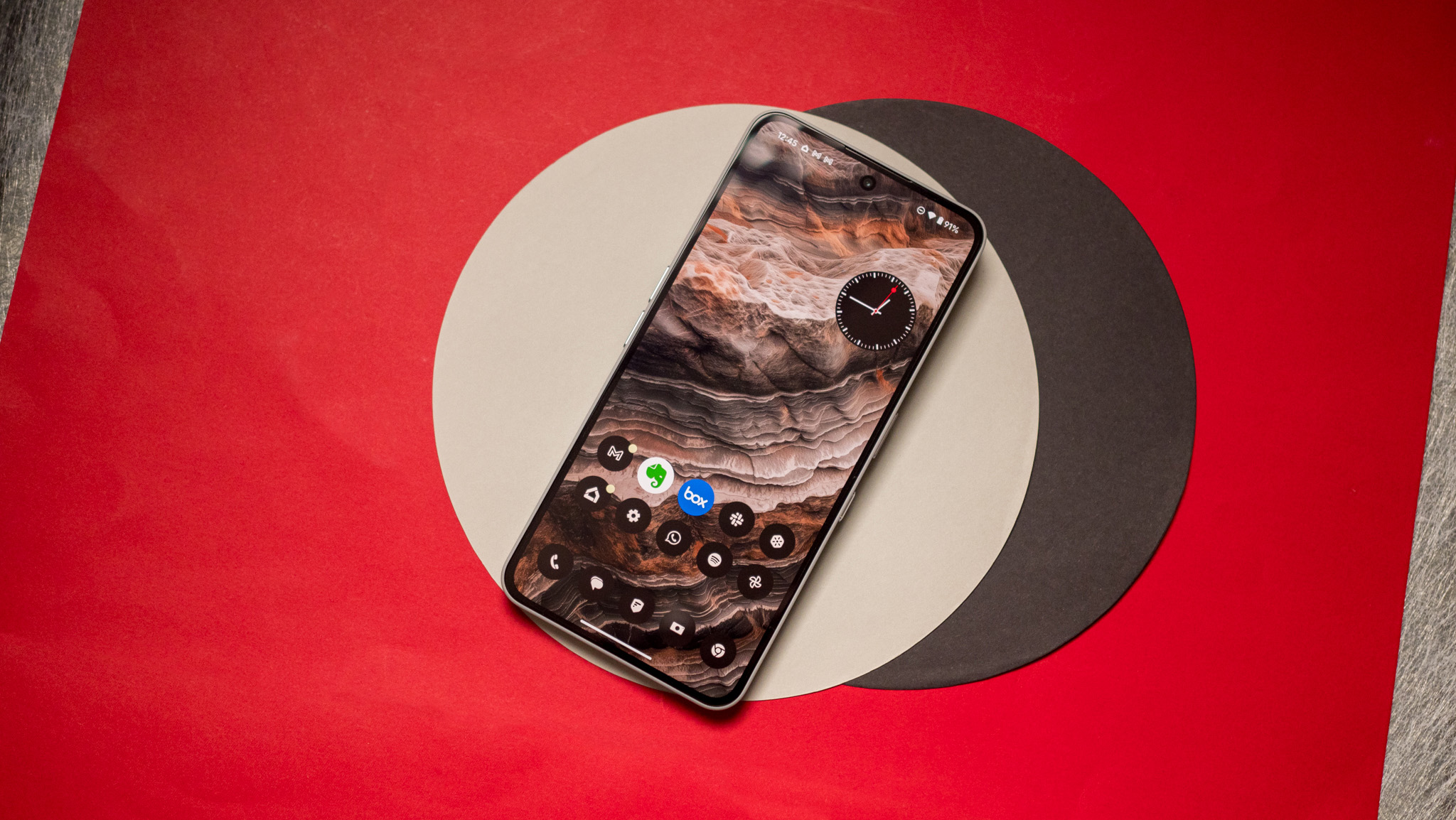
Instead of an oval-shaped camera bump, it’s a giant circle on the Nothing Phone 3a Pro. Users still get the Glyph Interface on the back, and the LEDs work with Nothing OS 3.1 to show notifications and more as expected. The difference is what’s behind the camera bump. Despite having two 50MP rear cameras and a third 8MP rear camera, just like the Phone 3a, the Phone 3a Pro’s sensors are a bit different.
The main camera is a 50MP, f/1.88 Samsung shooter, and it’s accompanied by a 50MP periscope telephoto lens. That gives Phone 3a Pro users up to 3x optical zoom, up from just 2x on the Phone 3a. The ultrawide lenses are the same across models, so the Phone 3a Pro is the upgrade for people who really need extra zoom length.
At $459, the Phone 3a Pro is priced just below the Google Pixel 9a and OnePlus 13R, making it competitive with the best budget Android phones. Still, the U.S. beta-only access will leave some AT&T and Verizon users without service, so it’s a hard sell for North American buyers.

The midrange buy
The Nothing Phone 3a Pro is a Phone 3a with a more premium design and a better telephoto camera, sitting underneath the flagship Phone 3.
Nothing Phone 3: The flagship
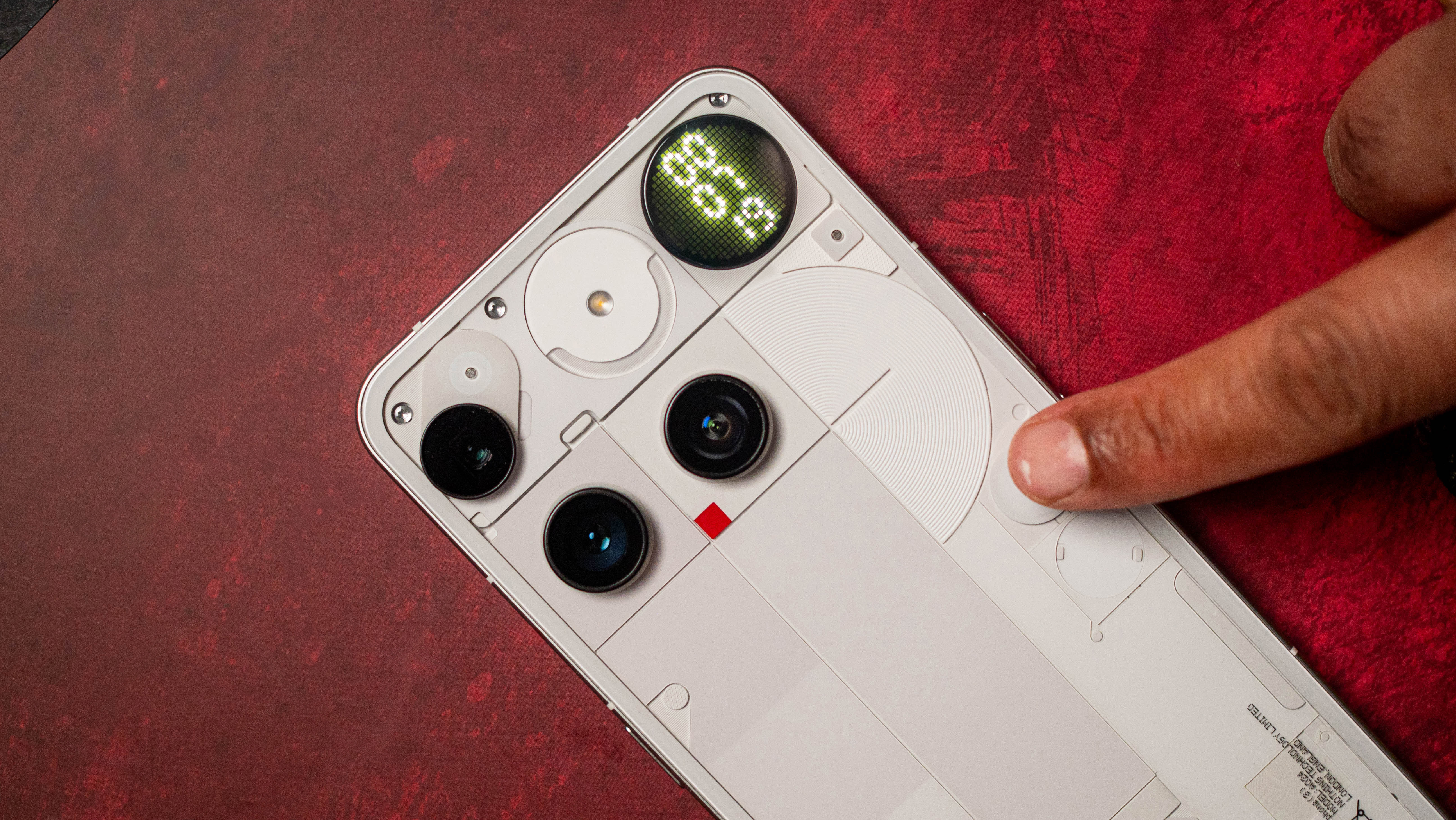
The Nothing Phone 3 is the flagship option, and it’s the only model in this lineup officially sold in the U.S. — and officially supported by all the nation’s cellular carriers. It’s priced like a flagship, at $799, but the features are still in midrange territory. Nothing shook things up with the Phone 3, ditching the iconic Glyph Interface for a new Glyph Matrix, but this dot-matrix display seems on its way to being just as iconic.
With a Qualcomm Snapdragon 8s Gen 4 chip, the Phone 3 is the fastest performer of the series, although it’ll still be a step behind Elite-branded SoCs. It ships with either 12GB or 16GB of memory and either 256GB or 512GB of storage. It offers 5,150mAh of battery capacity with 65W fast charging, which, to Nothing’s credit, is firmly in flagship territory.
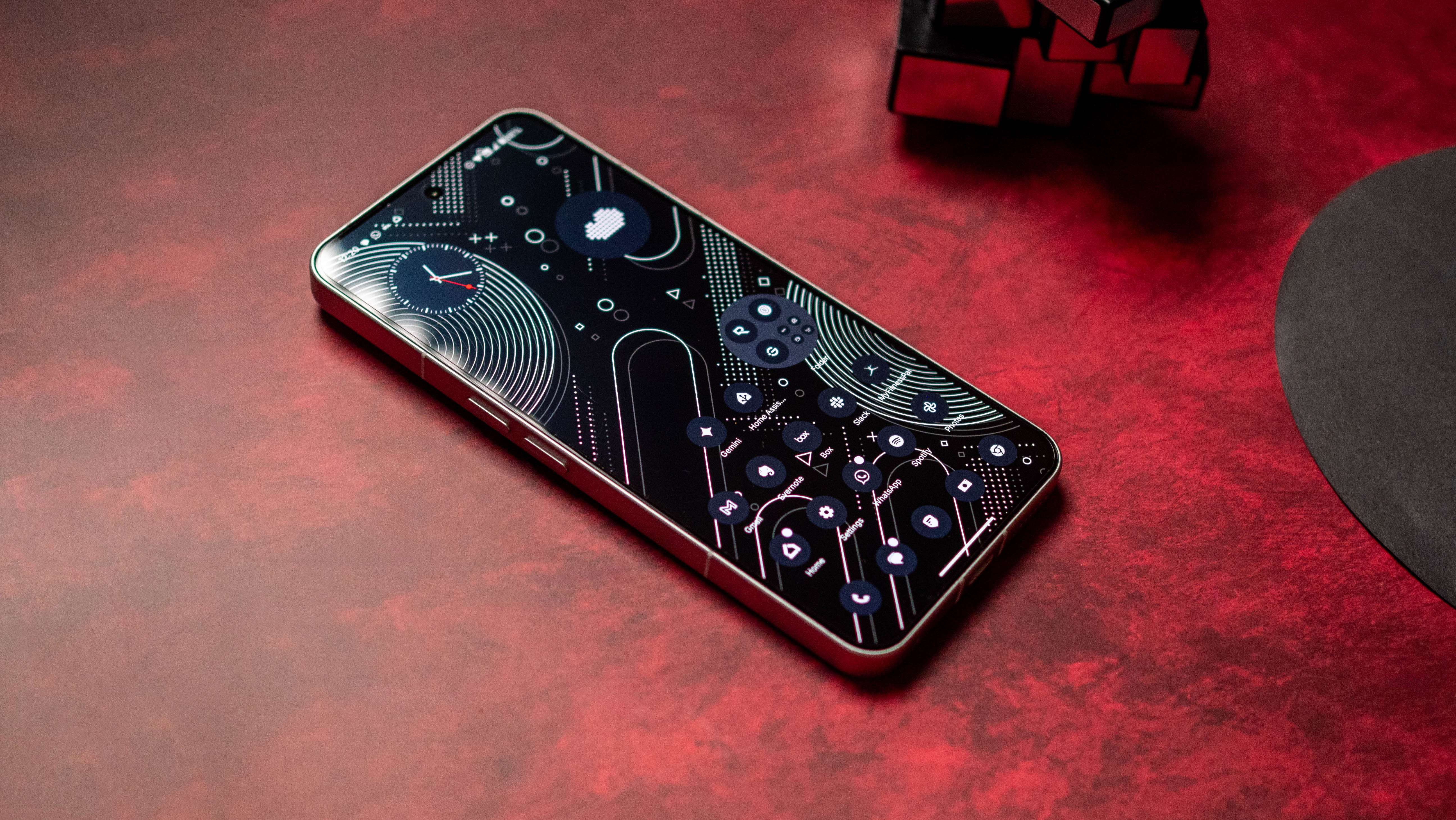
The phone’s design won’t be for everyone, with Nothing’s classic transparent design and asymmetrical rear camera lens placement. The entire rear chassis looks scattered, but in a way, that becomes a statement piece of its own. On the front, there’s a flat 6.67-inch AMOLED display covered in Gorilla Glass 7i for protection.
The Phone 3’s cameras are extremely solid, packing a trio of 50MP sensors. The primary shooter is a 50MP, f/1.7 lens, and it’s paired with a 50MP telephoto with 3x optical zoom and a 50MP ultrawide. Our review found that it’s the best camera system Nothing has ever shipped, taking clear shots with little visible noise.
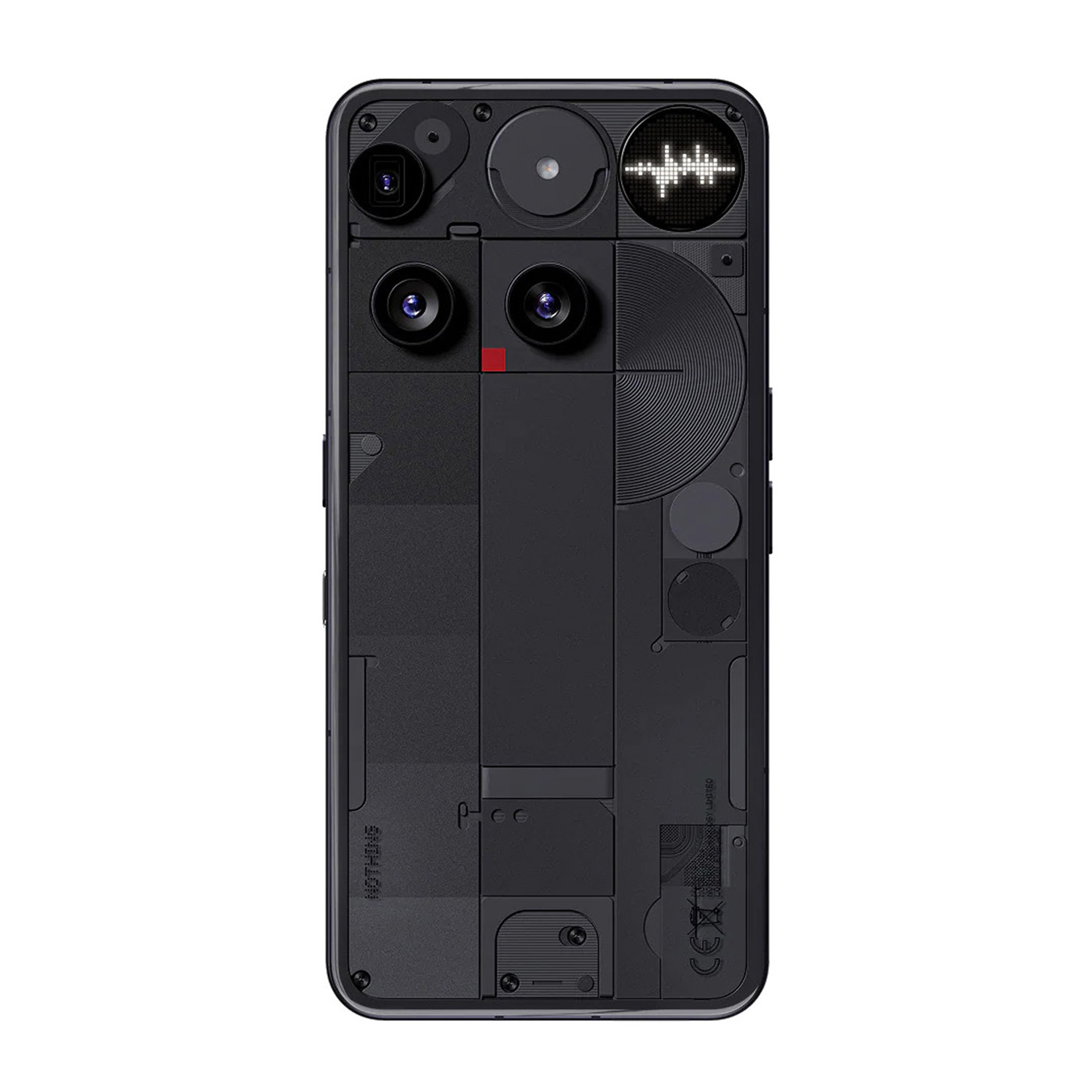
Flagship for a reason
The Nothing Phone 3 sports the best chip in the lineup and a next-generation Glyph Matrix interface on the back. It’s a rear dot-matrix display that sets the Phone 3 apart from every other phone on the market.
Via: androidcentral.com
